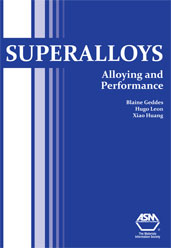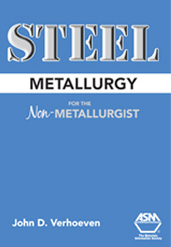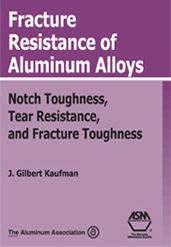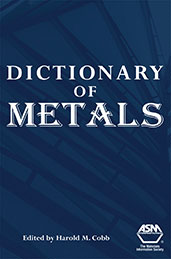Book
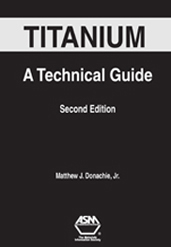
Titanium: A Technical Guide, 2nd Ed.
2000-12-01
Designed to support the need of engineering, management, and other professionals for information on titanium by providing an overview of the major topics, Titanium: A Technical Guide provides a concise summary of the most useful information required to understanding titanium and its alloys. The author provides a review of the significant features of the metallurgy and application of titanium and its alloys. All technical aspects of the use of titanium are covered, with sufficient metals property data for most users.

